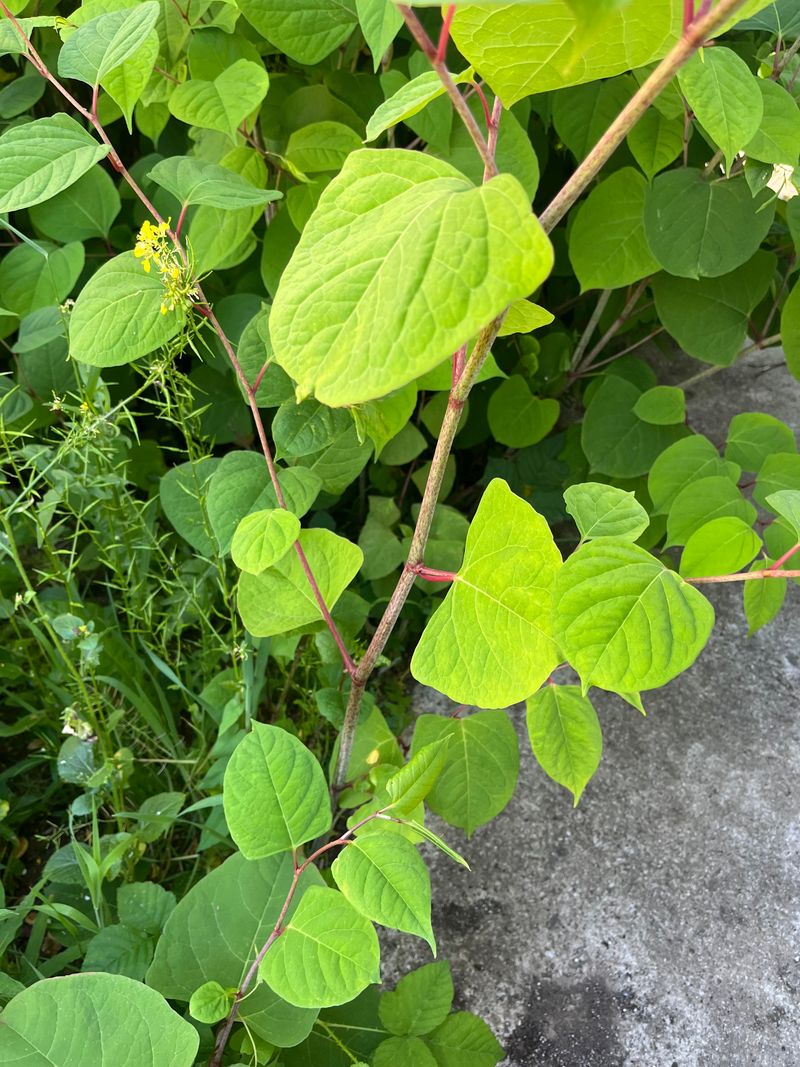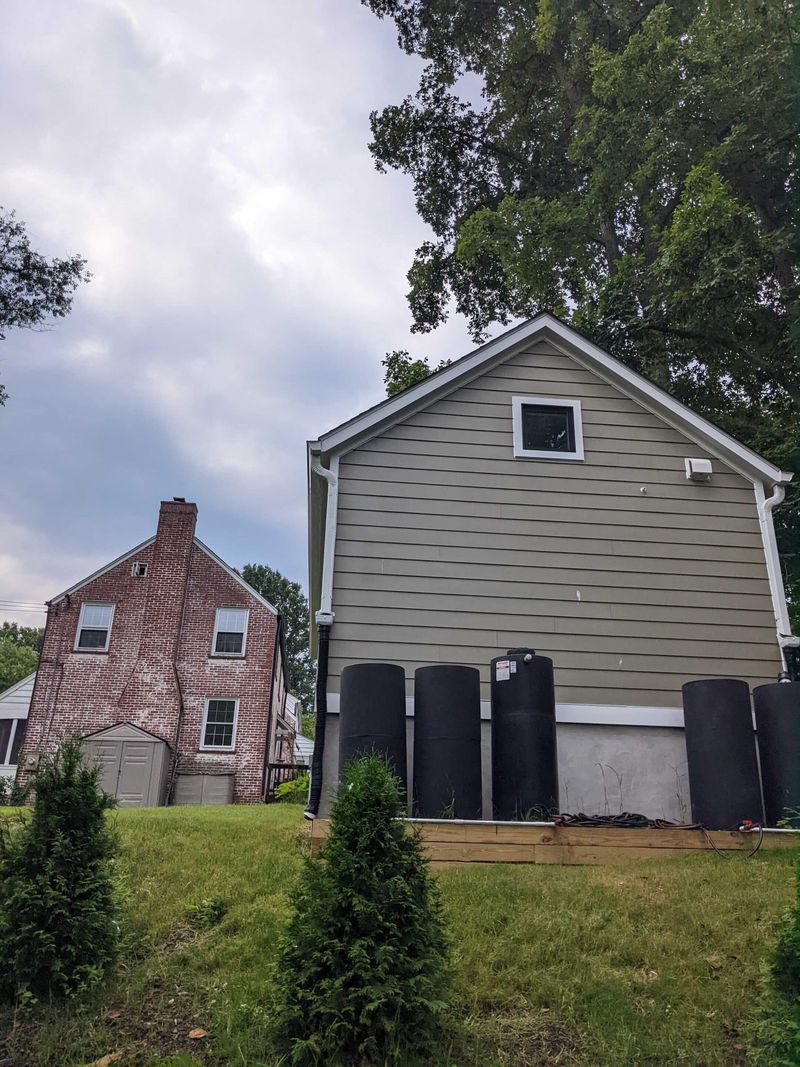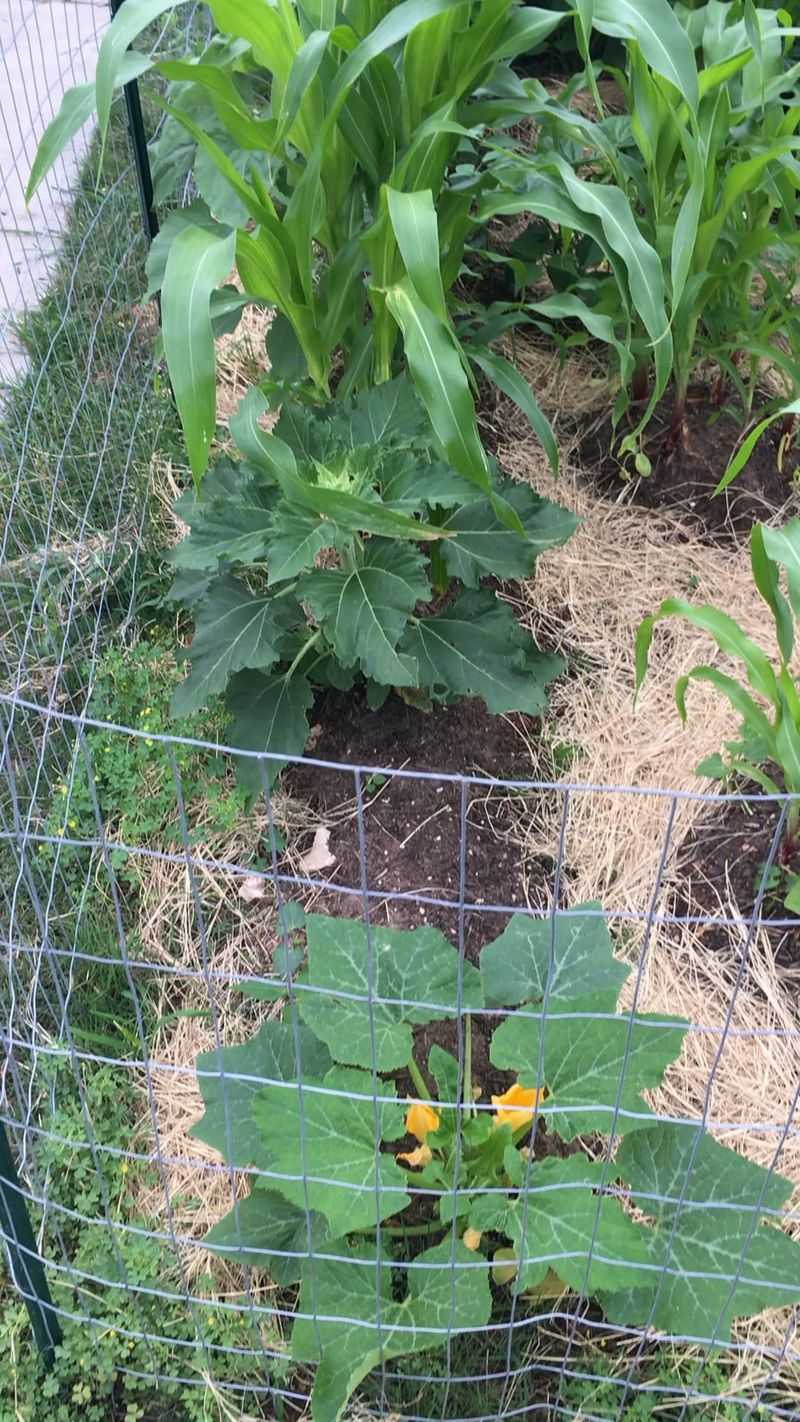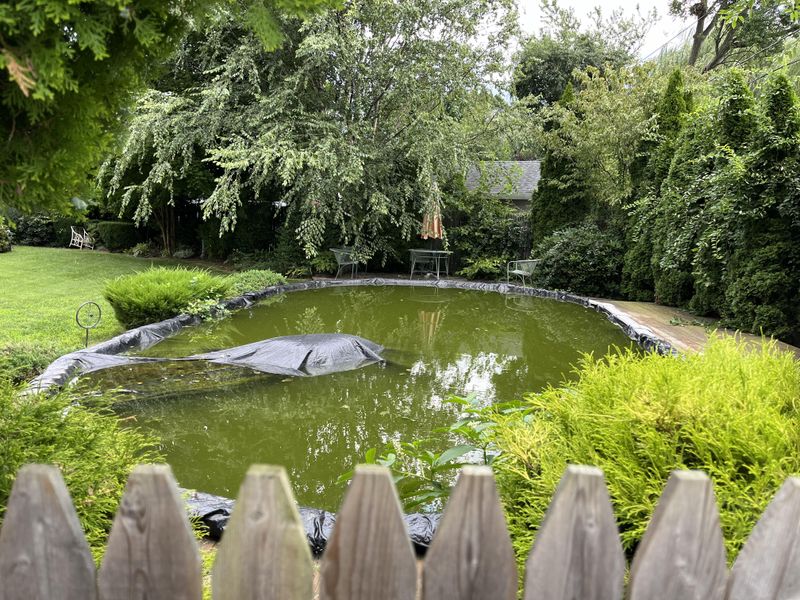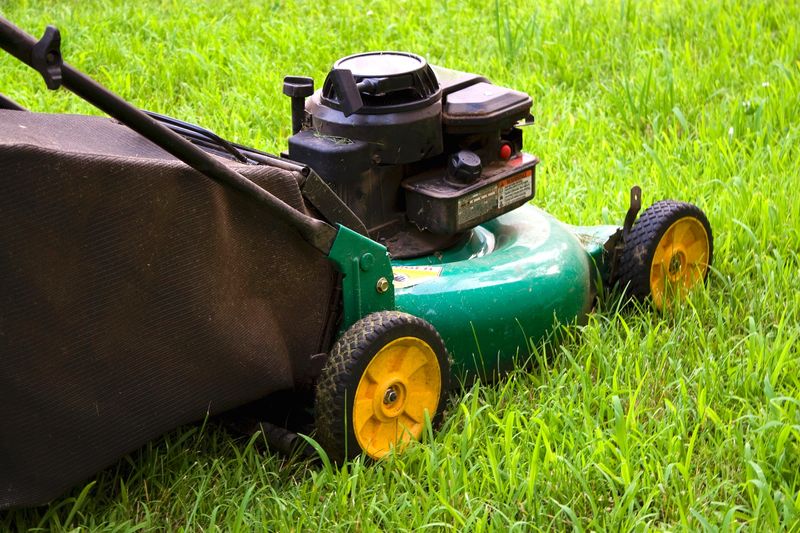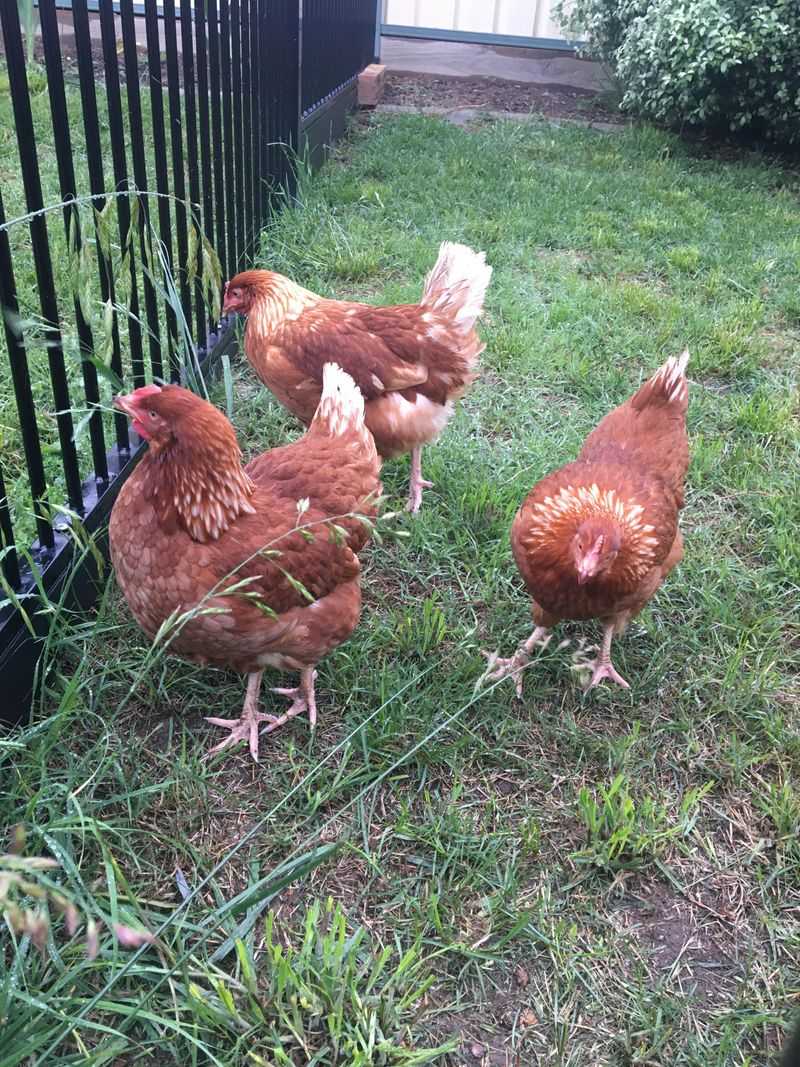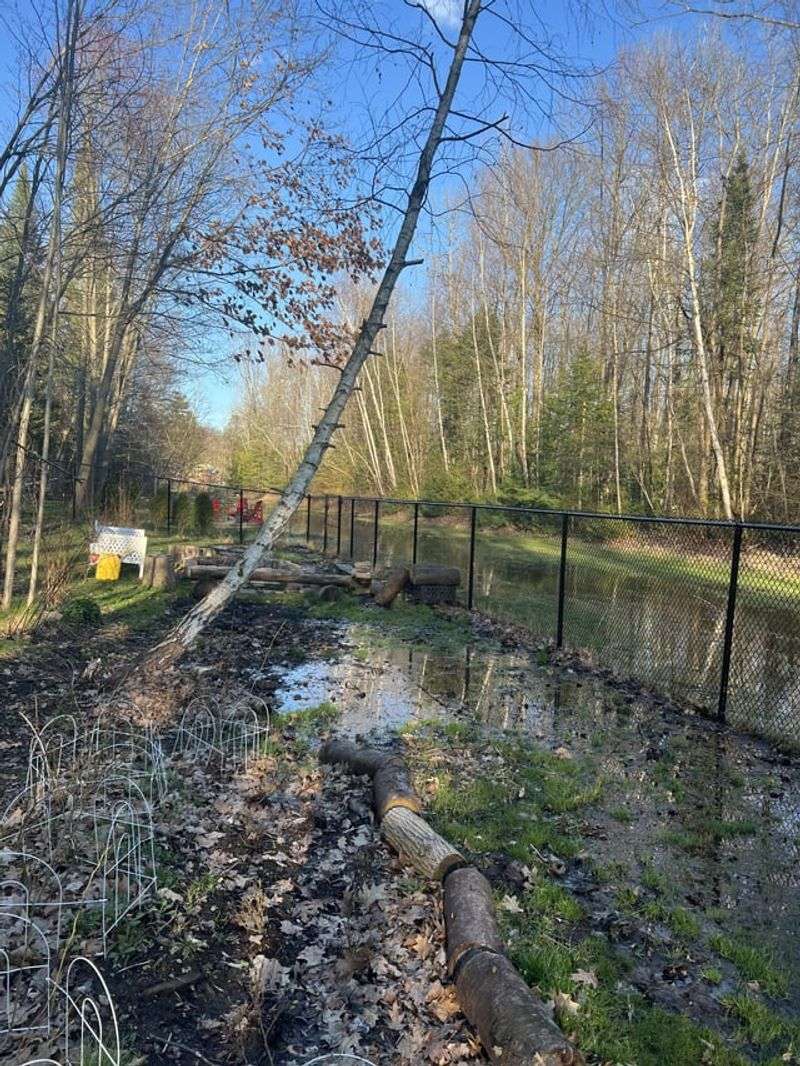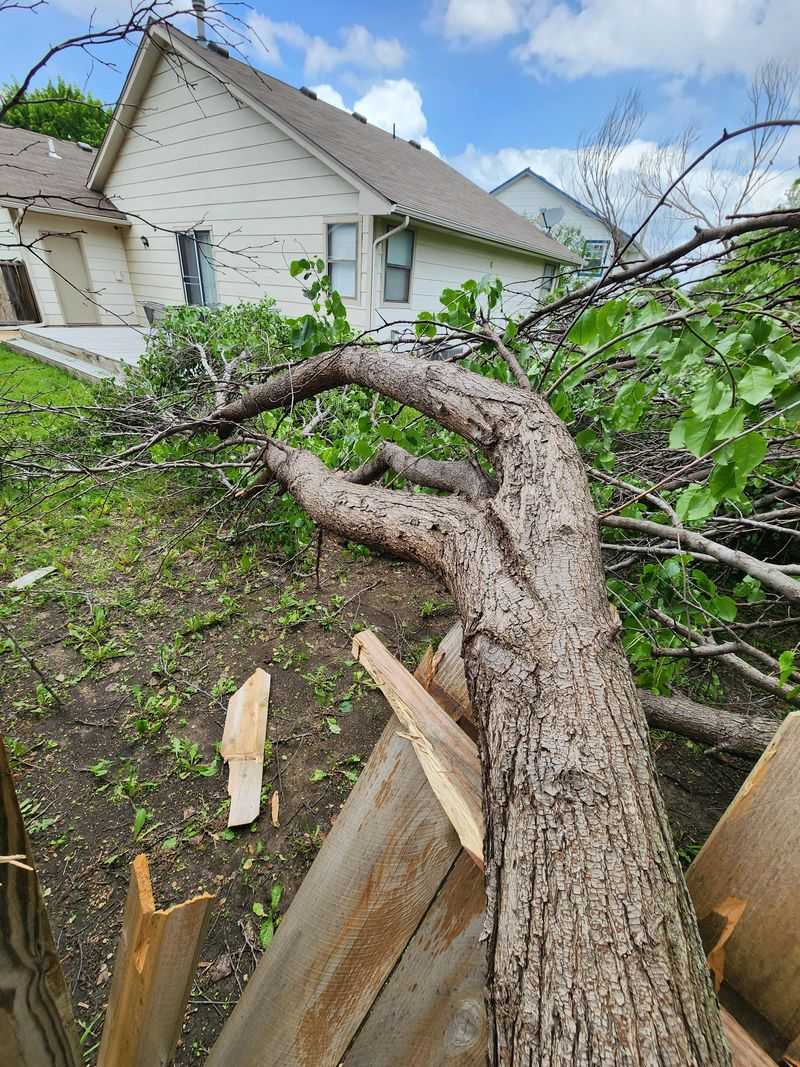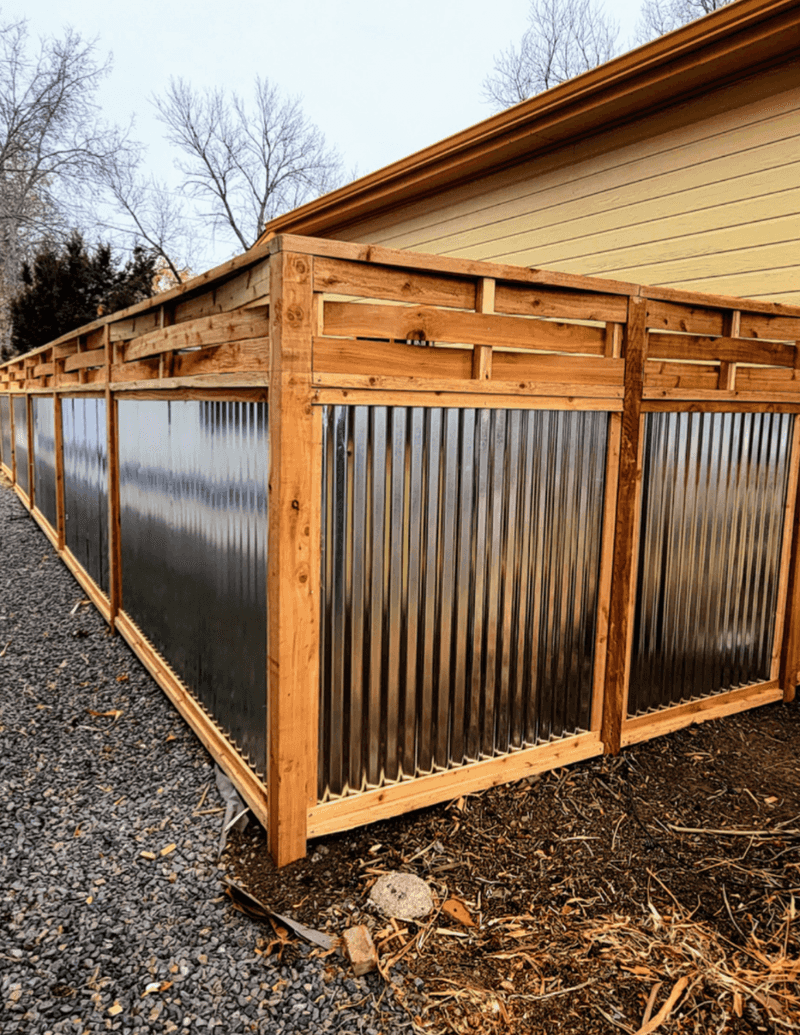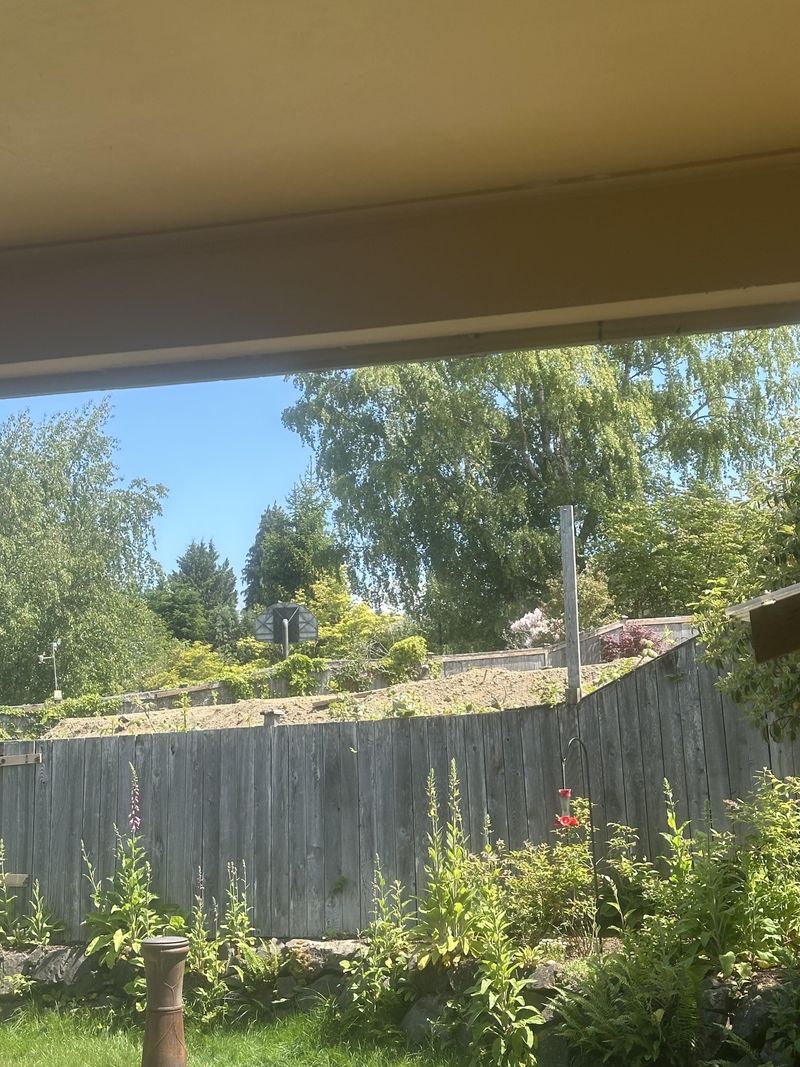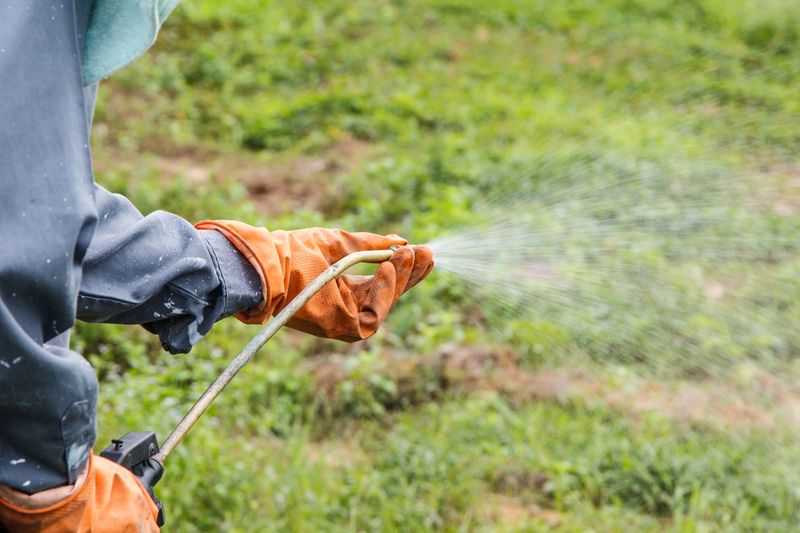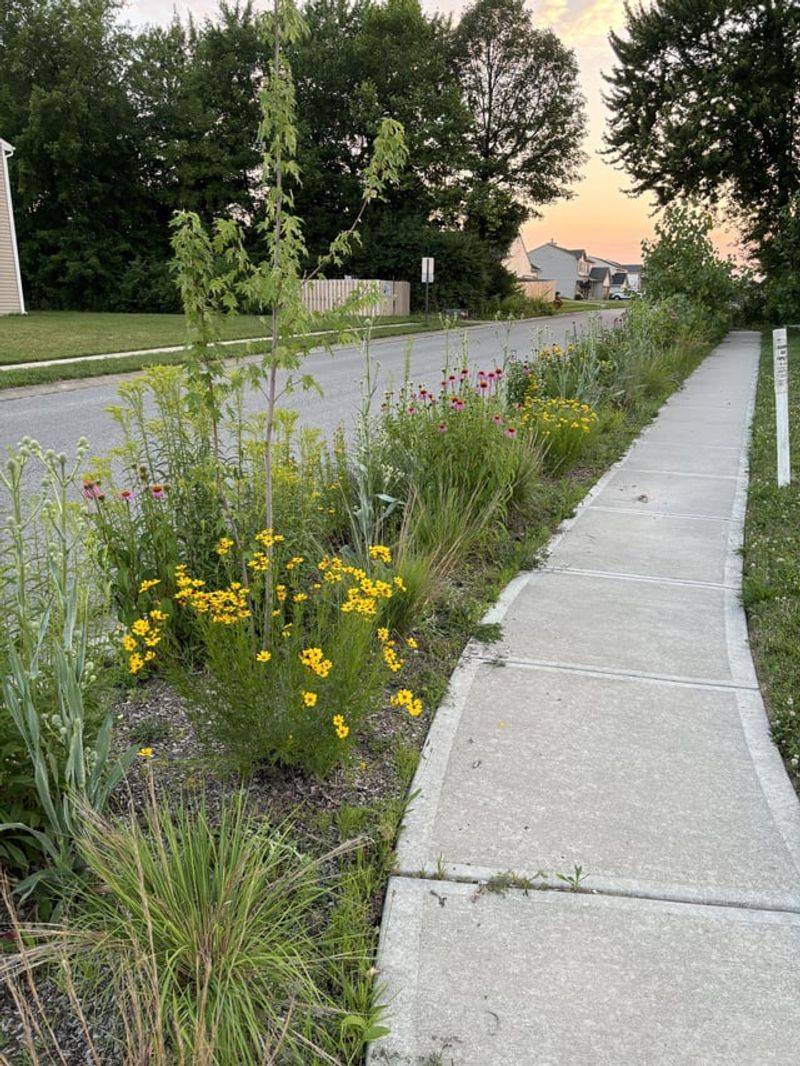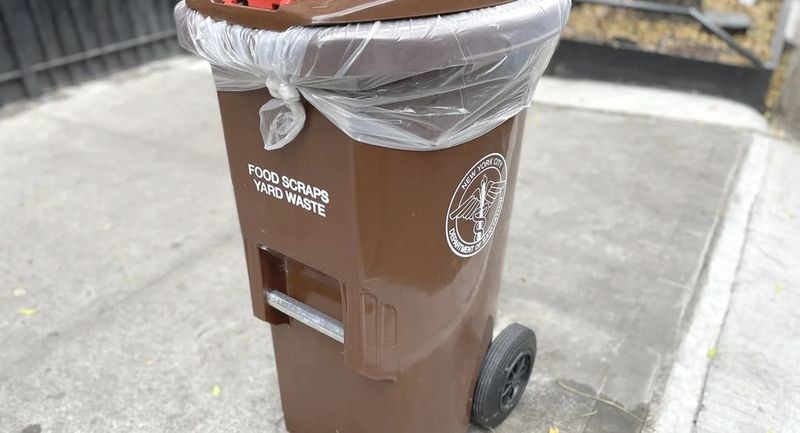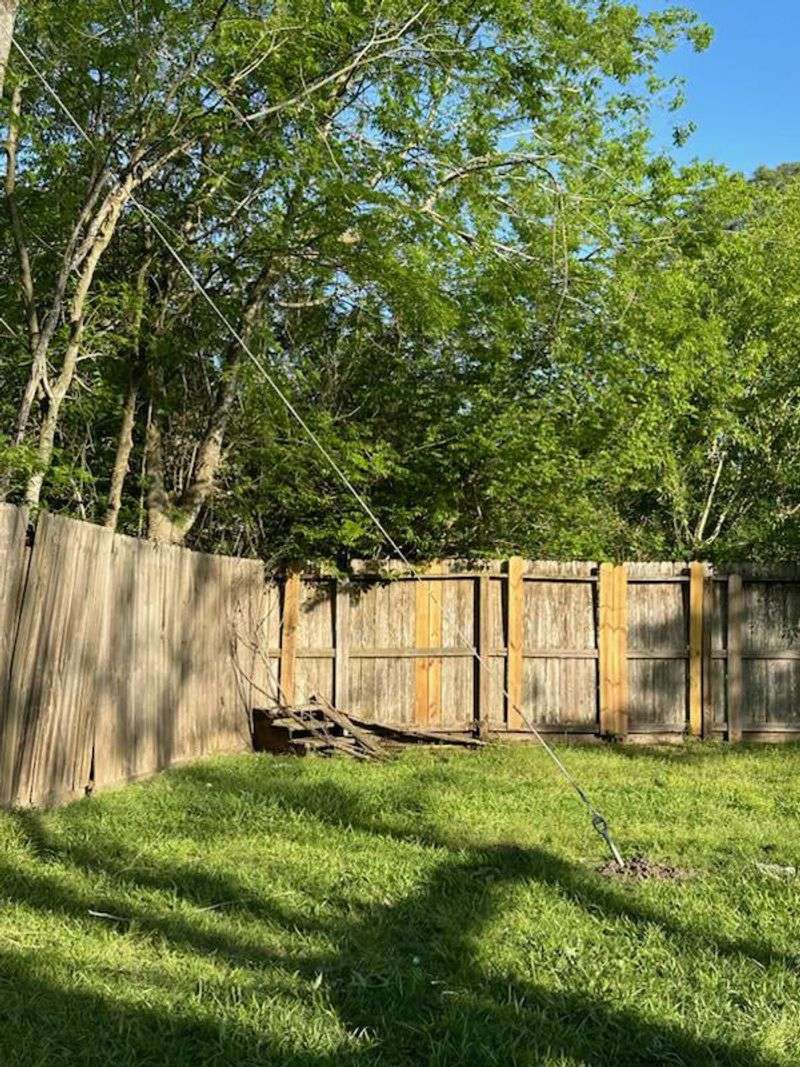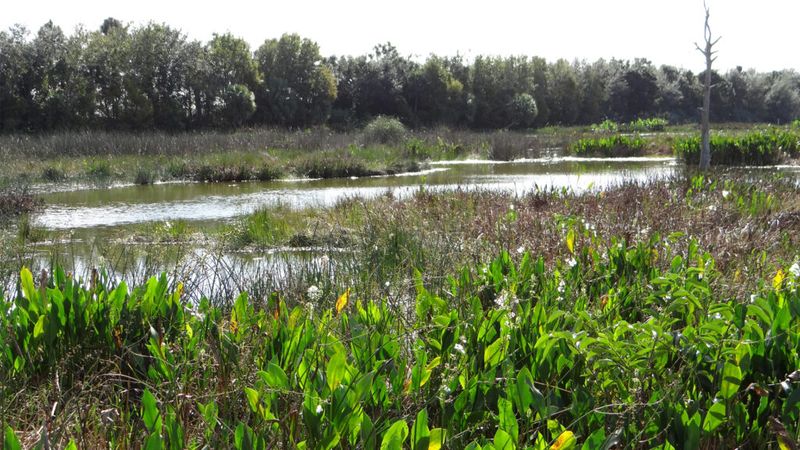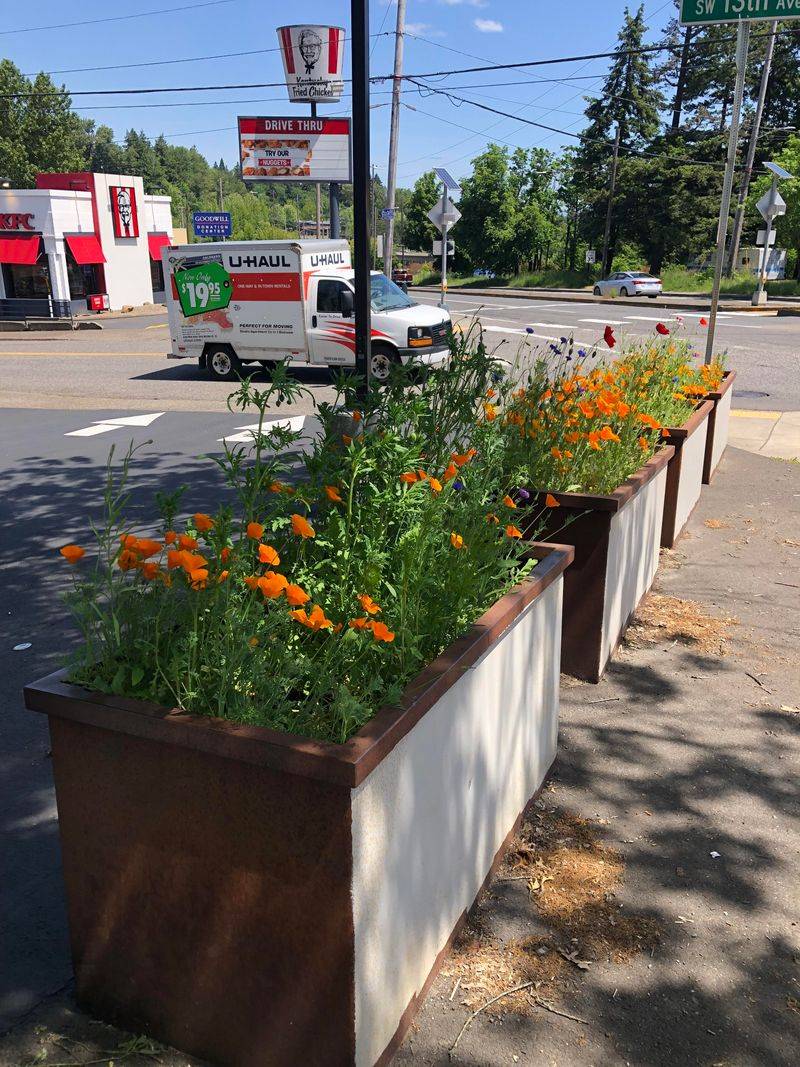Gardening feels peaceful and wholesome—but even the best intentions can clash with local rules. From height limits on hedges to banned plant species, some trends are more trouble than they seem.
A lush yard isn’t worth the headache of a fine or warning. Homeowners often get caught out by invisible boundaries—like planting too close to sidewalks, installing fountains without permits, or growing veggies in areas marked “ornamental use only.”
HOAs and municipalities can be surprisingly picky. Before you dig in, check your local guidelines. A quick read can save you a lot of grief—and keep your garden beautiful and above board. Rules may vary, but a little homework goes a long way.
1. Planting Invasive Species
Many garden centers sell beautiful, fast-growing plants without mentioning they’re classified as invasive in certain regions. My neighbor was fined $500 for planting Japanese knotweed along her fence line.
State environmental agencies maintain lists of prohibited plants that vary by location. The penalties can include removal orders, hefty fines, and even liability for damage to neighboring properties.
Always research plants before purchasing, especially exotic varieties that promise rapid growth or effortless spreading. Native alternatives provide similar benefits without the legal risks.
2. Rainwater Harvesting Without Permits
Collecting rainwater seems environmentally responsible, but it’s heavily regulated in states like Colorado and Utah. The first rain barrel I installed violated local water rights laws – something I only discovered during a routine home inspection.
Western states with water scarcity often restrict how much rainwater homeowners can legally collect. Some areas require permits, while others limit collection capacity or methods.
Check your local water authority regulations before installing any collection system, even something as simple as a rain barrel under your downspout.
3. Front Yard Vegetable Gardens
Growing food in your front yard makes practical sense but might violate aesthetic codes. When I replaced my lawn with tomatoes and peppers, the HOA sent a violation notice within days.
Many municipalities and homeowners associations have ordinances requiring front yards to maintain certain appearances. These rules often specify acceptable plants, with vegetables typically restricted to backyards.
Before tilling up your front lawn, review your HOA covenants and city codes. Some communities offer exemptions for edible landscaping if designed attractively.
4. Unpermitted Water Features
Adding a pond or fountain creates tranquility but often requires permits due to safety concerns. Last summer, a family down the street had to remove their newly installed koi pond after a neighbor reported it.
Municipalities typically regulate water features deeper than 18-24 inches because they pose drowning hazards. Additionally, electrical components must meet safety codes, and some areas restrict water usage for decorative purposes.
Contact your building department before construction – even prefabricated options usually need approval if they exceed certain dimensions.
5. Excessive Lawn Height
Letting grass grow naturally seems eco-friendly but violates most municipal codes. The “No Mow May” movement caught me off guard when the city sent a warning about my 8-inch tall lawn.
Most cities limit residential grass height to 8-12 inches, citing concerns about rodents, ticks, and neighborhood aesthetics. Fines escalate quickly, sometimes reaching hundreds of dollars per day for persistent violations.
If you’re interested in natural lawns, look into approved alternatives like native meadow gardens, which may qualify for exemptions if properly maintained and bordered.
6. Keeping Backyard Chickens
Raising chickens for fresh eggs has surged in popularity, yet remains illegal in many residential zones. For me, discovering our subdivision prohibited livestock came after I’d already built a coop and purchased six hens.
Regulations vary dramatically between municipalities – some allow a limited number of hens (but no roosters), while others ban poultry entirely. Even chicken-friendly areas typically have requirements for coop placement and maintenance.
Research local ordinances specifically addressing livestock or poultry before investing in birds or equipment.
7. Diverting Natural Water Flow
Redirecting water away from your property seems logical but can trigger lawsuits from neighbors. After grading my yard to prevent basement flooding, I received a cease-and-desist letter from the family downhill.
Water law follows the principle that you cannot substantially alter natural drainage patterns if it harms adjacent properties. This includes installing French drains, berms, or retaining walls that redirect runoff.
Consult with a landscape professional who understands local water regulations before making changes that affect drainage patterns on your property.
8. Improper Tree Removal
Removing that troublesome oak without permission could result in serious penalties. A friend faced a $10,000 fine for cutting down a heritage tree that was damaging his foundation.
Many municipalities protect trees over certain diameters or specific species with tree preservation ordinances. Even dead or hazardous trees often require professional assessment and permits before removal.
Always check local tree ordinances and apply for necessary permits before removing substantial trees. Some communities require replacement plantings or payment into tree funds as mitigation.
9. Fence Height Violations
Tall fences provide privacy but frequently violate zoning codes. When I installed a 6-foot fence around my front yard, I had no idea it exceeded the 3-foot limit for front-facing barriers.
Most municipalities restrict fence heights differently based on yard location. Front yards typically allow only low fences (3-4 feet), while side and backyard fences can be taller.
Additionally, corner lots face special restrictions to maintain visibility for traffic safety. Check zoning regulations and apply for permits before installation to avoid expensive modifications later.
10. Excessive Garden Structures
Garden sheds, pergolas, and greenhouses enhance functionality but often require permits. The charming potting shed I built last spring violated setback requirements and exceeded the square footage allowed for unpermitted structures.
Most municipalities regulate accessory structures based on size, height, and distance from property lines. Even prefabricated options need permits if they exceed certain dimensions or include electrical or plumbing elements.
Review zoning codes before installing any structure larger than a typical bench or trellis. The cost of permits is far less than reconstruction or removal expenses.
11. Improper Pesticide Application
DIY pest control can lead to legal liability if chemicals drift onto neighboring properties. A gardener in my community faced a lawsuit after his herbicide spray damaged the prized roses next door.
Federal and state laws regulate pesticide use, with restrictions on certain chemicals in residential areas. Improper application that affects others’ property, pets, or health can result in both civil and regulatory penalties.
Always follow label instructions precisely and avoid spraying during windy conditions. Consider notifying neighbors before applying strong chemicals near property boundaries.
12. Obstructive Plantings Near Intersections
Tall plants at corner lots create dangerous blind spots for drivers. The ornamental grasses I planted at my corner property entrance prompted a citation from the city’s traffic safety department.
Most municipalities enforce “sight triangle” regulations at intersections, prohibiting vegetation taller than 2-3 feet within specific distances from street corners. These rules exist to prevent accidents by maintaining visibility.
Corner property owners should verify height restrictions before planting and maintain regular pruning of existing vegetation to comply with visibility requirements.
13. Composting Violations
Composting food scraps seems environmentally responsible but can violate local health codes. My composting operation drew complaints when neighbors noticed rodents visiting the pile during a hot summer.
Many cities restrict what materials can be composted and where bins can be placed. Common regulations prohibit meat, dairy, and cooked food waste in residential compost to prevent pest issues.
Check municipal waste management guidelines before establishing a compost system. Enclosed tumblers or properly managed bins typically comply with regulations while deterring unwanted wildlife.
14. Encroaching On Utility Easements
Planting trees or installing structures over utility easements can lead to removal orders and liability. The beautiful maple trees I planted along my back property line had to be removed when the utility company needed access.
Easements grant utilities legal rights to access and maintain infrastructure on your property. Building or planting in these areas not only violates regulations but can damage underground lines.
Request a property survey that shows all easements before planning landscaping projects, especially those involving deep-rooted trees or permanent structures.
15. Neglecting Protected Wetlands
That soggy corner of your yard might actually be a protected wetland area. When I drained a persistently wet section of my property, I inadvertently violated federal wetland protection laws.
Even small wetlands on private property often fall under state or federal protection. Filling, draining, or altering these areas typically requires permits from environmental agencies and may be prohibited entirely.
Consult with environmental specialists if your property contains areas that stay wet for extended periods, especially if they support distinctive vegetation like cattails or sedges.
16. Guerrilla Gardening In Public Spaces
Those flower bombs you toss into vacant lots might seem like beautiful acts of rebellion, but planting without permission on public or private property is technically trespassing and vandalism. Even with good intentions, you could face hefty fines or legal action.
Several urban gardeners have been slapped with citations after beautifying neglected medians or abandoned lots. While some cities have created permit systems for adopting public spaces, many haven’t caught up with this trend.
Before sprucing up that sad-looking street corner, check with your local parks department or city council. Some municipalities welcome community gardening initiatives—but only with proper paperwork and approval.


